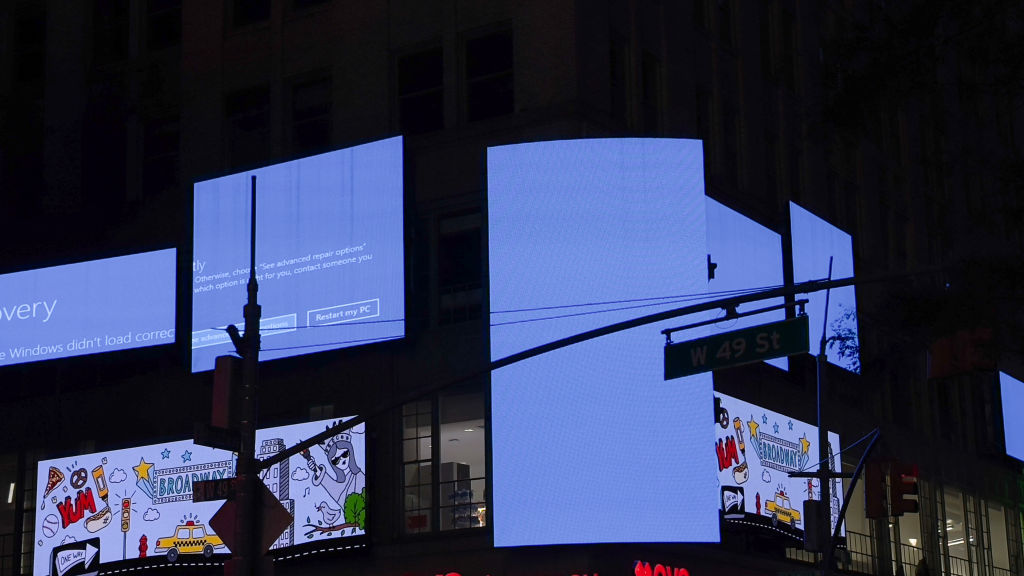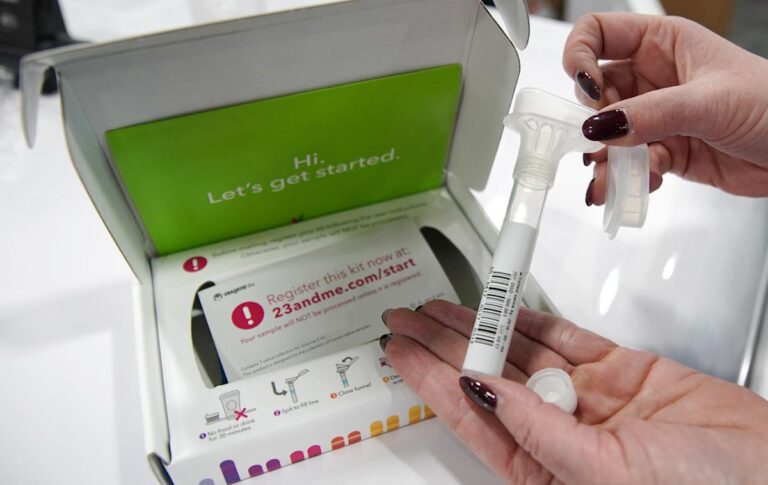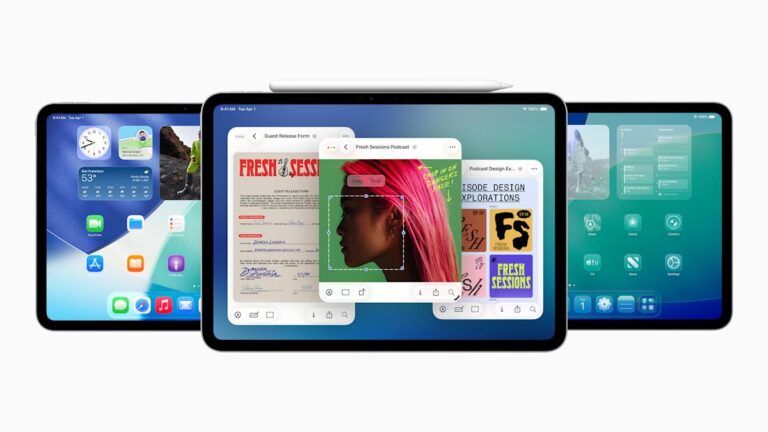Windows killed the Blue Screen of Death
You’re laughing. Windows killed the Blue Screen of Death and you’re laughing.
Yes, the iconic Windows error screen is getting a makeover nearly 40 years after its debut in the first version of Windows. Now, the Blue Screen of Death (BSOD) will become the Black Screen of Death (BSOD).

This change is related to other updates that Windows is making in the wake of the CrowdStrike outage last year, which affected 8.5 million Windows devices and took businesses, airports, TV stations, and government services offline.
In the aftermath of the CrowdStrike outage, Microsoft announced the Windows Resiliency Initiative, which aims to more deeply embed security features into Windows to make a crisis like the CrowdStrike outage less likely.
The initiative is also trying to make unexpected restarts less disruptive. Windows is adding a quick machine recovery feature, which helps PCs get back online if a restart is unsuccessful. Windows shared the new Black Screen of Death in a blog post, yet failed to even acknowledge the cosmic shift it has triggered. It simply calls this a “simplified UI,” because a blue background with white text was apparently too complex.
Why even change the blue screen to black? Did the viral images of Times Square rendered useless by the BSOD cause that much reputational harm?
It’s been a long time that we’ve come to know this cobalt harbinger of trouble. When the BSOD first appeared in the 1985 version of Windows 1.0, it was legal to smoke cigarettes on planes; Germany was two separate countries; HTML code had not been created; Mark Zuckerberg was a baby who likely had not yet grasped the concept of object permanence.
But as we go on, we remember the decades of fun and frustration we’ve wrought together, the ominous sapphire screen reflected in our eyes, now but a sepia-toned memory.






